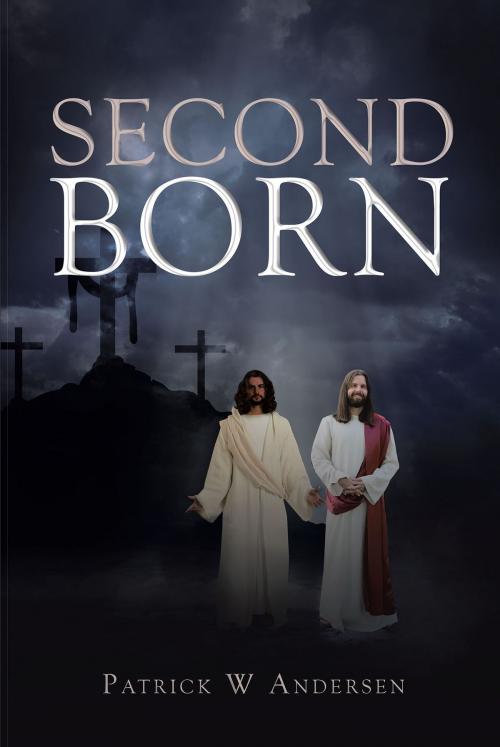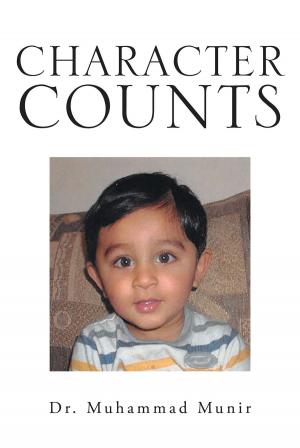| Author: | Patrick W Andersen | ISBN: | 9781640825444 |
| Publisher: | Page Publishing, Inc. | Publication: | October 30, 2017 |
| Imprint: | Language: | English |
| Author: | Patrick W Andersen |
| ISBN: | 9781640825444 |
| Publisher: | Page Publishing, Inc. |
| Publication: | October 30, 2017 |
| Imprint: | |
| Language: | English |
Joseph has a vision for his family and nation. And as a successful trader and merchant, he might just have amassed a large enough fortune to bring it to reality. Though he has built his home and business in Sepphoris, the most beautiful city in Galilee, all his hopes rest on his firstborn son, James, who is studying for the priesthood far south in Roman-occupied Jerusalem. Important people say James may grow up to be the Righteous One, who would restore Israel to God’s favor.
Joseph has charged his other children to support James in the family’s quest. Second-born Jesus, however, is a troublemaker. Third son Judas, who looks so much like Jesus that he is nicknamed Thomas (the Twin), stutters terribly and follows meekly in Jesus’s shadow. Fourth son Simon has difficulty learning and suffers bullying at the hands of rough boys who work in the fields. Their sisters Joanna and Susanna seem built in the mold of their mother, Miriam, who is the dominant force that maintains discipline in the family.
Second Born finds a plausible middle ground between the Gospel stories of the New Testament and scholars’ search for the “historic Jesus.” It follows him and his brothers from preteens to adulthood as they each grow into and come to accept their separate roles in the family’s quest to restore dignity to Roman-occupied Israel. History tells us that Jesus’s brother came to be known as James the Just, and scholars have tried to track the travels and travails of Jude and Simon in the decades following the Crucifixion and the later destruction of Jerusalem.
Why do the Gospels tell us that Jesus shunned his family? Second Born’s answers to that question may change a reader’s perception of Christianity and make it easier to maintain the faith.
Joseph has a vision for his family and nation. And as a successful trader and merchant, he might just have amassed a large enough fortune to bring it to reality. Though he has built his home and business in Sepphoris, the most beautiful city in Galilee, all his hopes rest on his firstborn son, James, who is studying for the priesthood far south in Roman-occupied Jerusalem. Important people say James may grow up to be the Righteous One, who would restore Israel to God’s favor.
Joseph has charged his other children to support James in the family’s quest. Second-born Jesus, however, is a troublemaker. Third son Judas, who looks so much like Jesus that he is nicknamed Thomas (the Twin), stutters terribly and follows meekly in Jesus’s shadow. Fourth son Simon has difficulty learning and suffers bullying at the hands of rough boys who work in the fields. Their sisters Joanna and Susanna seem built in the mold of their mother, Miriam, who is the dominant force that maintains discipline in the family.
Second Born finds a plausible middle ground between the Gospel stories of the New Testament and scholars’ search for the “historic Jesus.” It follows him and his brothers from preteens to adulthood as they each grow into and come to accept their separate roles in the family’s quest to restore dignity to Roman-occupied Israel. History tells us that Jesus’s brother came to be known as James the Just, and scholars have tried to track the travels and travails of Jude and Simon in the decades following the Crucifixion and the later destruction of Jerusalem.
Why do the Gospels tell us that Jesus shunned his family? Second Born’s answers to that question may change a reader’s perception of Christianity and make it easier to maintain the faith.















